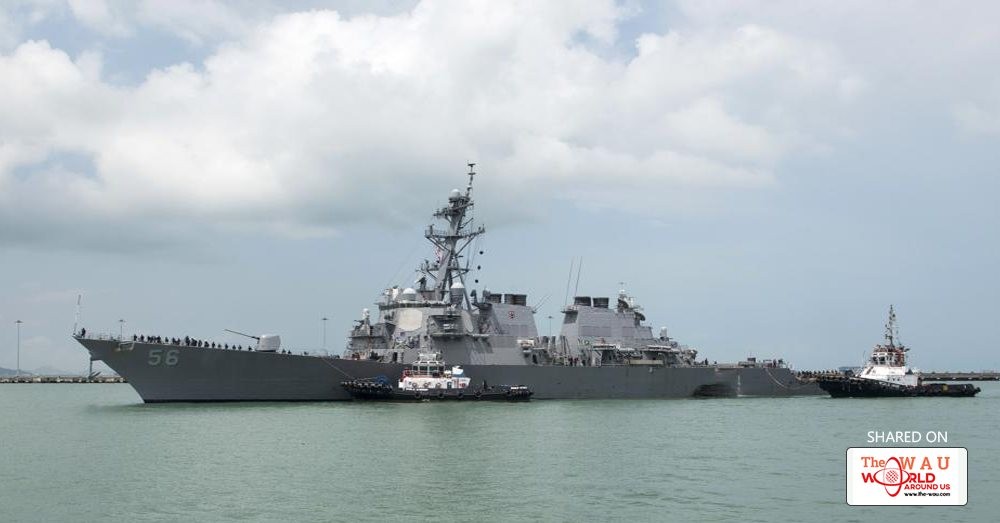State media in China reported that the Chinese navy held a live-fire drill in the Indian Ocean to improve the performance of its fleet in real combat situations. Destroyer Changchun, guided-missile frigate Jinzhou and supply vessel Chaohu took part in the naval exercise which was conducted in the waters of the western Indian Ocean as reported by Xinhua news agency.
The fleet completed transverse replenishment of drinking water and fuel during the exercise and also carried out strikes against mock “enemy” surface ships. The exercise lasted several days and the exact location was not disclosed in the report. Chen Denan, chief of staff of the Chinese naval fleet said that the drill was carried out to improve the ships' performance under real combat situations.
The fleet started its half-year friendship visit on 23rd April and has conducted joint exercises with 10 countries as it passed through Asia, Europe, Africa and Oceania. China has been conducting several publicised live-fire drills in Tibet ever since the standoff with India over Doklam in the Sikkim territory.
It’s the first-time the Chinese navy has conducted its exercise in the Indian Ocean in the recent past. This drill comes after the Indian navy held exercises of its own called the Malabar Naval exercises in the Indian Ocean along with the US and Japanese navy. China has been adding to its naval presence by commencing operation at Djibouti naval base at the Horse of Africa in the Indian Ocean and also signed a 99-year lease to take over the Hambantota port in Sri Lanka.
China has also invested in the Gwadar Port in Pakistan which is part of China’s USD 50 billion China-Pakistan Economic Corridor linked with China’s Xinjiang province which passes through Pakistan-occupied Kashmir.
Share This Post















